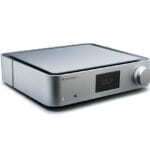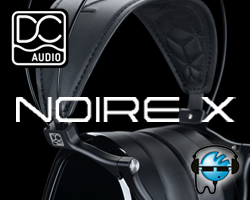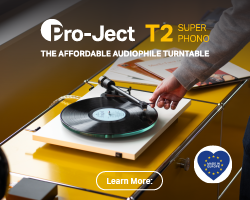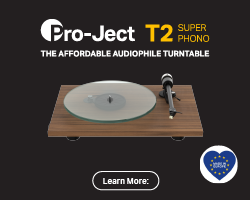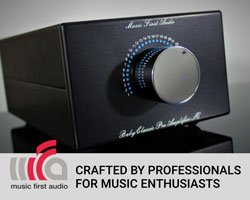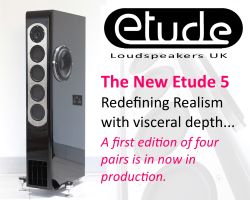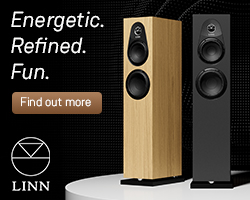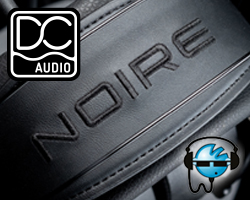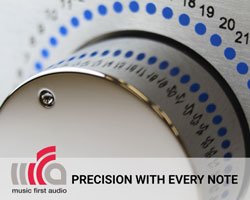ENGLISH ELECTRIC 16SWITCH NETWORK SWITCH REVIEW
The English Electric 16Switch is a network switch aimed squarely at the audiophile and audio-video market. Chris Baillie checks it out for Hifi Pig.
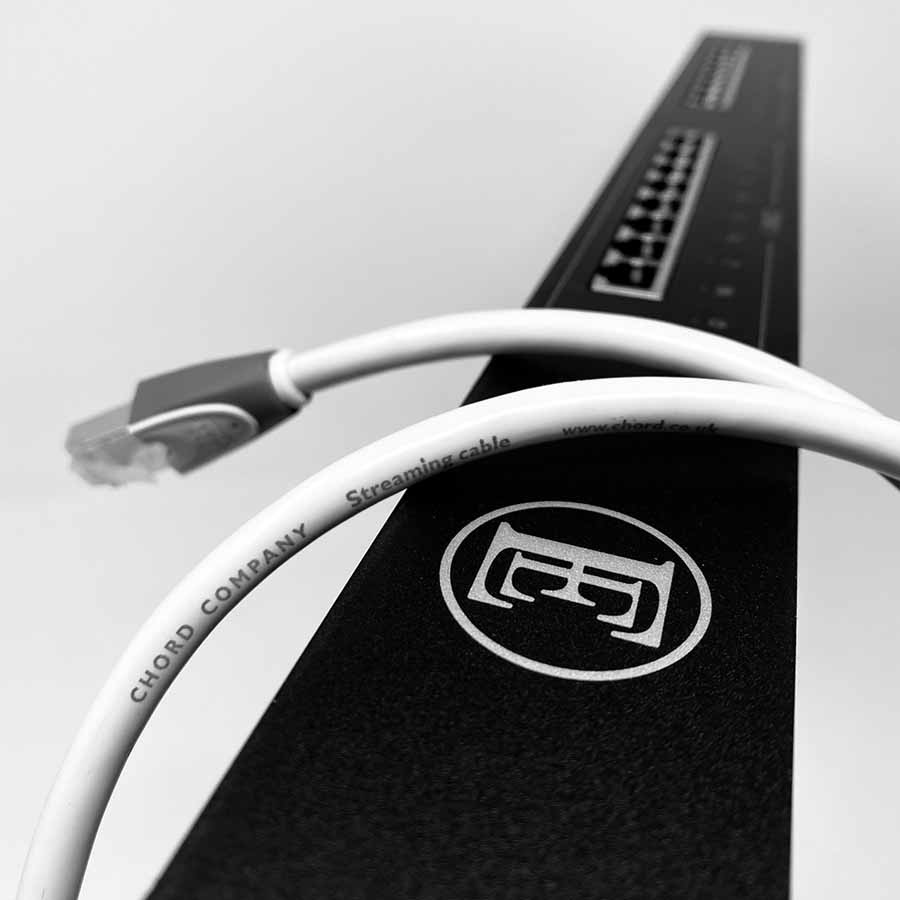
The 16 switch is clearly aimed at those looking to get the very best from their streaming experience.
BACKGROUND
Things have been moving fast in the world of networked audio. Just a few years ago, when I made the jump myself, the sonic effect of network switches was something talked about in some quarters, but certainly wasn’t considered essential by the dealers who helped me set up my system.
In the last year or two, we’ve seen a flood of audio-specific designs enter the market, from the £399 Silent Angel N8, through the quite costly Melco S100, right up to some very exotic designs from the likes of Anzus. The very existence of such devices seems to divide opinion amongst the audiophile community, often causing much furore from the type of audiophile, exclaiming that “It’s all about 1’s and ‘0’s!”, so they must be ‘Snake Oil’! So let’s look into why our networked audio systems might benefit from a network switch, that’s been specifically designed for audio.
Firstly, let’s remember that digital information is sent as an analogue waveform. Those ‘1’ and ‘0’s’ are represented as electrical signals. Introduce extra noise into the equation and that noise could result in, for example, a ‘one’ being read as a ‘zero’ and vice-versa. Let’s also consider that when, for example, you’re transferring data in real-time, rather than copying a file for backup purposes, there’s no time for the data to be re-submitted if an error is detected, so the data is potentially fed to your DAC with changes to the original data. Therefore, the data containing your music benefits from having as little extra noise as possible. On top of this, jitter can be introduced if your network can’t send the data as fast as your DAC needs to see it. So the job of the switch is to accurately move huge chunks of data, on time and with, ideally, no added noise. One potential cause of noise of course is the PSU, so this needs to be as electrically quiet as possible. Indeed many audiophiles have been using Linear PSU’s with network switches, and even routers, for some time now.
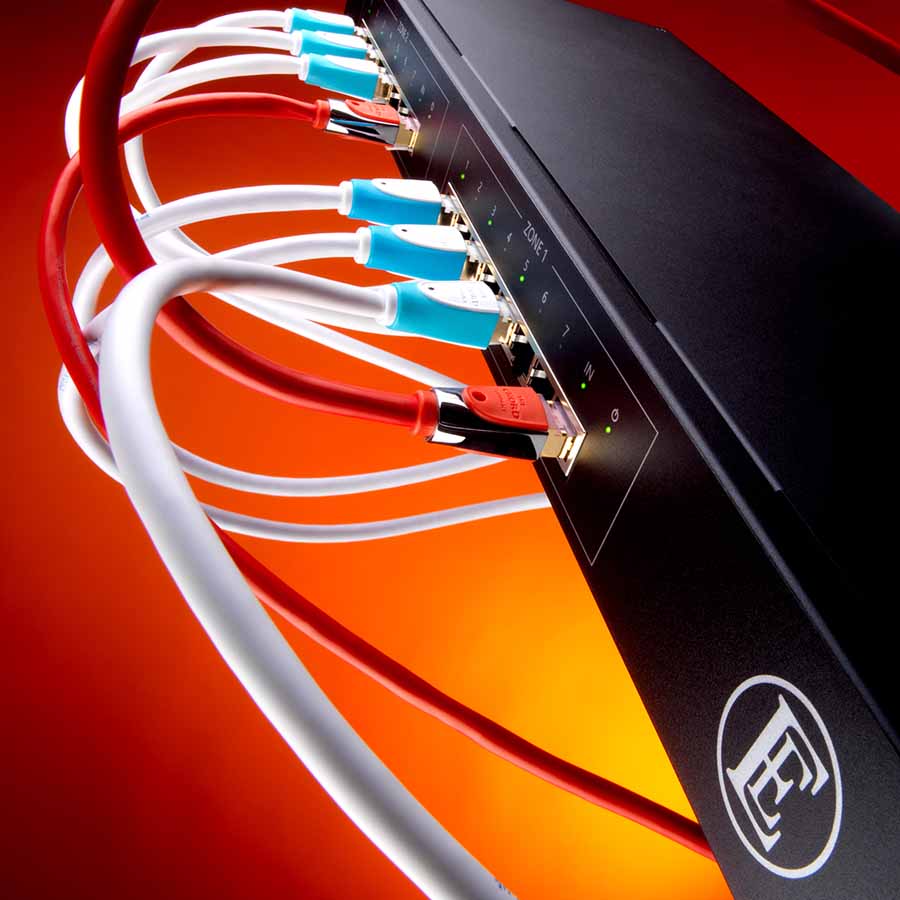
The 16Switch in use.
ABOUT THE SWITCH
The Chord Company introduced the English Electric 8Switch last year and it caused quite a stir, being readily available via their extensive dealer network, at a price that, whilst not cheap at £450, potentially represented great value for what it was able to bring to the right system. With the 8Switch having 8 output ports, it’s fairly self-explanatory that the 16Switch has 8 more! The party trick though is the 16 ports are split into 2 banks, and each bank can be fed an independent Ethernet input. The thinking here is that you could feed, for example, a high-end AV system and keep the Audio and Video signals separate.
At a much higher price of £999, you’d hope for more than that though, otherwise you would just buy two 8Switches at £900! Thankfully we do get much more. The first thing to impress is a proper 3 pin mains lead, as opposed to the ‘wall wart’ supplied with the 8Switch. Even the best ‘wall warts’ are still compromised by the thin cable, from the box to the PSU socket. This feeds the two separate banks of 8 ports. Considering how much some audiophiles spend on upgrading the PSU’s on their Network Switches, this seems, to me, like a great step forward, and presents the option to experiment with different mains input cables, should you desire. At first, I had assumed this to be a Linear PSU, but turns out it’s a specially designed, low noise switch mode type. I’m told Chord experimented and found this PSU was able to not only handle the required speeds but also resulted in a more musical sound.
DESIGN AND BUILD
I’ll get straight to the point, this could swing the purchasing decision either way for many buyers. It’s not really what I’d call living room friendly. Although it’s the right size to fit on a shelf in your equipment rack, along with your main system, unfortunately, both the input and output cables connect via the front panel, meaning hiding the cables from sight requires some thought. Of course many will love to show off their high-end Ethernet cables and this will be a plus point if so, but do consider this before ordering.
Having got that bit out of the way I’ll describe the component itself. You get a well put together box, in a light ‘mild steel’ case. The unit comes with brackets to enable it to be rack-mounted, which perhaps helps explain why the Ethernet ports are mounted on the front. Unfortunately, I wasn’t able to use it this way, so, instead, I placed it on a table with some RDC cones between the switch and the table. At the rear, there is the mains input with a nice solid rocker power switch next to it. At the front, there are the Ethernet ports, with an LED light to show when which ports are active.
SETTING UP
I have been using the Silent Angel Bonn N8 for the last 10 months and so that gave me a very good baseline with which to compare the English Electric 16Switch. My router is in the office, which is immediately next door to my system in my living room. Supra Cat 8 Ethernet cable is used from the router, via a junction box, which connects directly to the Network Switch. Again Supra Cat 8 cable then runs from the Switch to my system.
The system used for the review was Melco N1A/2 server, Moon 280D Streaming DAC, Moon 600i amp and Totem Forest Signature speakers. Analogue cables are all Tellurium Q Ultrablack 2, with an Audioquest Vodka cable between Melco & Streaming DAC. I was also able to connect a Chord Electronics Hugo2/2Go portable streamer/DAC directly to the EE16, for which I used the Chord C-Stream Ethernet Cable, supplied with the EE16, Unfortunately, the Chord Ethernet cable supplied was too short for me to use in my main set up. I listened to music both direct from my Melco Server and via Qobuz.

All the connectors on the 16Switch are on the front of the unit.
TIME TO LISTEN
It goes without saying that what I note here applies to my setup, in comparison to my previous reference. As a baseline, I’ll say that when I initially upgraded to the Silent Angel, from a basic TP-link switch, the improvements were akin to changing a component, every sonic element was improved! Soundstage, rhythm and timing excelled and everything sounded more detailed, more vivid and yet, at the same time, I enjoyed a major reduction in perceived harshness.
For this review I initially played a few albums in my current set-up, including Paul Weller’s ‘Stanley Road’, then swapped over to the 16Switch and listened again. The Weller album was a 16/44 CD rip .wav file, with the Melco as the source. Logically many would think playing a locally stored file was a pointless exercise in a review of a Network Switch. After installing the Silent Angel last year I was surprised at just how beneficial the addition of a quality switch could be to locally stored files. I am told it’s because although the source isn’t coming over the network, the performance is still affected by noise from the network.
Whatever the reason, I was greeted by a noticeably more 3D presentation, better front to back layering, improved bass definition and better sense of acoustic space around the instruments. I used the tracks ‘You Do Something To Me’ and ‘Broken Stones’. The first thing to strike me was the organ on the first track. The guitar, slightly to the right of the sound stage was noticeably more prominent, being projected forward in its own acoustic space and the Hammond organ seeming to float at the front of the soundstage. The bass on the second track seemed to bounce along better, with more of a sense of being ‘plucked’, rather than just being there. The Hammond organ, this time slightly right centre, was given so much more space. I was indeed taken aback at how much more I was enjoying the music over what I consider to be the very good 8Switch, that I swapped them back around just to check. Sure enough, the noted changes were there.
Next up was some Qobuz Streaming which, logically, one would expect to benefit even more than local files, and this proved very much to be the case. First up was ‘Rejoice’, from Tony Allen and Hugh Masekela – 24/96. From the first bars, as well as noting similar benefits to those heard via the local files, there was an improved sense of timing to the drums and better phrasing of the trumpet. This gave me a far better perception of interplay between the various musicians in the band. Cymbals seemed crisper, yet with more sense of being ‘struck’, rather than what I hadn’t realised was a slightly mushy presentation with my previous switch in place.
Sticking with modern Jazz, next up was ‘Black to the Future’ from Sons of Kemet – 24/96. Here I noted much greater tonal colour to the brass section via the 16Switch, again with a better sense of phrasing. This is something I noted with most of the music I listened to via the 16 Switch, especially when I played a DSD version of Dave Brubeck’s ‘Take 5’ via the Melco. I have never experienced this track sounding so real, the sax jumping out of the speakers, the drums and cymbals sounding so clean and lifelike.
Unfortunately, due to only having a single Ethernet feed into my living room via the office, I wasn’t able to fully exploit the potential benefits of feeding my BT box via a separate feed from the router to the 16Switch. I have little doubt that users of high-end AV systems would also enjoy the benefits of the 16Switch, as clearly it’s lowering the noise floor of my system. Naturally, one should always try any product at home, in your own system before committing to buy.
All previous observations were made using my main system. I then spent some time comparing the 16Switch against my reference unit using the Chord Hugo2/2Go. Surprisingly, I noted similar improvements. Agnes Obel’s ‘Citizen of Glass’ – 24/44.1 feed via Qobuz, highlighting more impact from the xylophone strikes and more detail and precision to the plucked strings. Here the sense of recorded acoustic was more obvious than with my reference switch. Going back to the Paul Wellar album, streamed from the Melco, improvements were similar to those noted in the main system, but again with a clearer sense of acoustic. By now a Russ Andrews RANS-1 switch had arrived for review. Without giving too much away, this highlighted the strengths of the EE16Switch. I feel it’s certainly majoring on speed and precision, perhaps at the expense of some harmonic richness compared to the RANS-1. I wouldn’t go as far as to say it tipped towards an overly forward balance in either my main or portable system, but I could see how the RA Switch may work better in a system that already errs in that direction, whereas one may prefer the EE in a system that errs more in the laid back direction.
CONCLUSION
As you have read, the EE 16Switch certainly made a positive sonic impact in my system. I find it very interesting that The Chord Company chose a high quality, low noise switched mode PSU based on it being more ‘musical’. I’d certainly agree it has more of an upbeat character than either of the other audio-specific switches I’ve tried in my system recently.
The sound of my system was notably improved during the EE 16Switch’s time in my system and, providing you’re able to accommodate within a rack or indeed hide it from view in your living room, I’d certainly recommend it. As mentioned previously, the front panel Ethernet input and outputs will, unfortunately, rule it out for some. When you factor in what it can do within a high-quality AV system, I can certainly see how it may be incorporated into a system with a video file server.
AT A GLANCE
Build Quality:
Solid and purposeful. ‘Mild Steel’ case said to help reject EMI and RFI
Sound Quality:
Big step up from my reference switch, in terms of lower noise, more upbeat and dynamic presentation, better defined 3D soundstage and generally a better sense of dynamics and liveliness
Value for Money:
The market for dedicated audio network switch’s is fairly new. However, in terms of the sonic benefits, I’d say the pricing is about right. Add in what it could do within a high-end AV set up and the value increases. If I was better able to accommodate it, it’s certainly something I’d consider buying
We Loved:
Lively and dynamic presentation
Increased sense of detail and recorded ambience, where it’s on the recording of course
Lower noise
Improved sense of front to back imaging
3 pin mains lead, giving the option to experiment with cabling and avoids RFI from ‘wall wart’ power supply, fitted to many similar devices
We Didn’t Love So Much
For me, the front connecting Ethernet inputs and outputs deny it from a place in my room, but I appreciate this would be less of an issue in a computer rack or even a cupboard
Price: £999
Elevator Pitch Review: An interesting addition to the market, which those with high-end AV set-ups will love. I really enjoyed with it did for the sound of my system and it certainly opened my eyes as to how manufacturers can tune the sonic balance of such a product! Good value for money, especially in a combined HiFi and AV system, where it could save purchasing two separate switches. With the proviso of the front connecting ports not fitting into your set-up visually, I would recommend an audition.

Chris Baillie
Supplied by The Chord Company and English Electric.













































